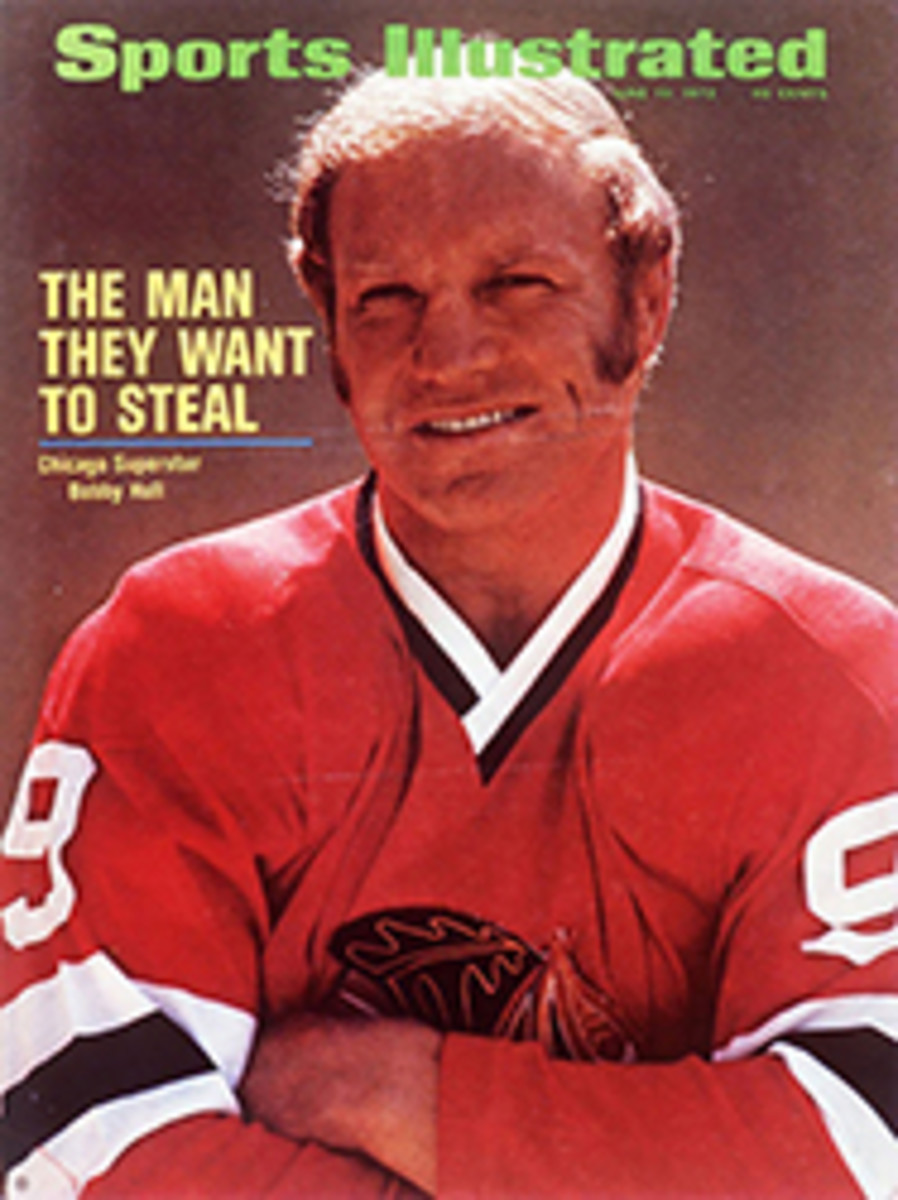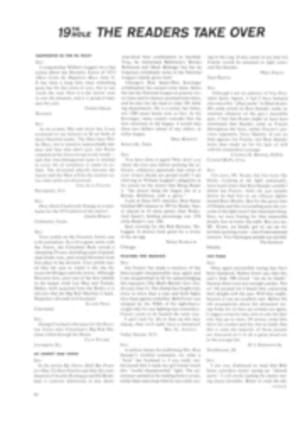
LETTER FROM THE PUBLISHER
Artist Hans-Georg Rauch grew up amid the moral and physical rubble of a defeated Germany. Like many of his creative contemporaries—Author G√ºnter Grass comes immediately to mind—Rauch drew from his experiences a bizarre yet antic vision of man and his rituals. In SI this week (page 28), the greatest sporting ritual of all, the Olympic Games, gives Rauch a new territory in which to exercise that vision.
Rauch was born in Berlin two months before Hitler invaded Poland and he remembers little of wartime Germany. He lived with a grandfather in Wilhelmshaven through his high school years, spent a year in the army, three more as a window designer, then enrolled in 1962 at the Hamburg School for Creative Arts, where he functioned as a kind of nascent dropout—cutting more classes than he attended and doing part-time cartooning. At length he left Germany, spent six months in the south of France (which he calls his "real artistic beginning") and returned to Hamburg to resume his professional career as a newspaper cartoonist and hone his satiric talents to their present edge. His work caught the eye of British cartoonist Ronald Searle, who got it in front of American editors for the first time. Soon he was appearing in such publications as Look and The New York Times.
His first cartoon book, Rauchzeichen (the title is a pun on his name and the German word for smoke signal), was printed in 1969. Its readers were captivated by the agonizing detail he puts into his drawings (in one he depicts almost 5,000 individual figures on a soccer field) and his wildly amusing notions of space.
He is the master of artistic sleight of hand, giving unexpected twists to surface realities—an Olympic torch-bearer burning his way through page 32 of this issue, for example. In one of his Rauchzeichen drawings he depicts a group of workmen dismantling a mountain, pick-up-sticks style, and constructing a building from its pieces. Another shows a military officer decorated with medals made from the flotsam of war. In the view of some observers, he is his generation's George Grosz, the post-World War I German satirist of even lustier style.
Rauch is a casual sportsman who swims a lot and once rowed a little and played an occasional game of handball. Like others in Germany today, his thoughts about the XX Olympiad in Munich keep bouncing off visions of the XI Olympiad in Berlin in 1936. He has been struck by the immense machinery needed to put on this year's Games, and his drawings reflect his fears about "the mechanization of Olympic sportsmen and the turning of sports into dehumanizing mechanic perfection." Such philosophies aside, he thought the idea of a graphic, rather than photographic, treatment of the Olympic preparations was "journalistically excellent." The same phrase might be applied to his perceptive drawings.
ILLUSTRATION
RAUCH: SLEIGHT-OF-HAND ARTIST

